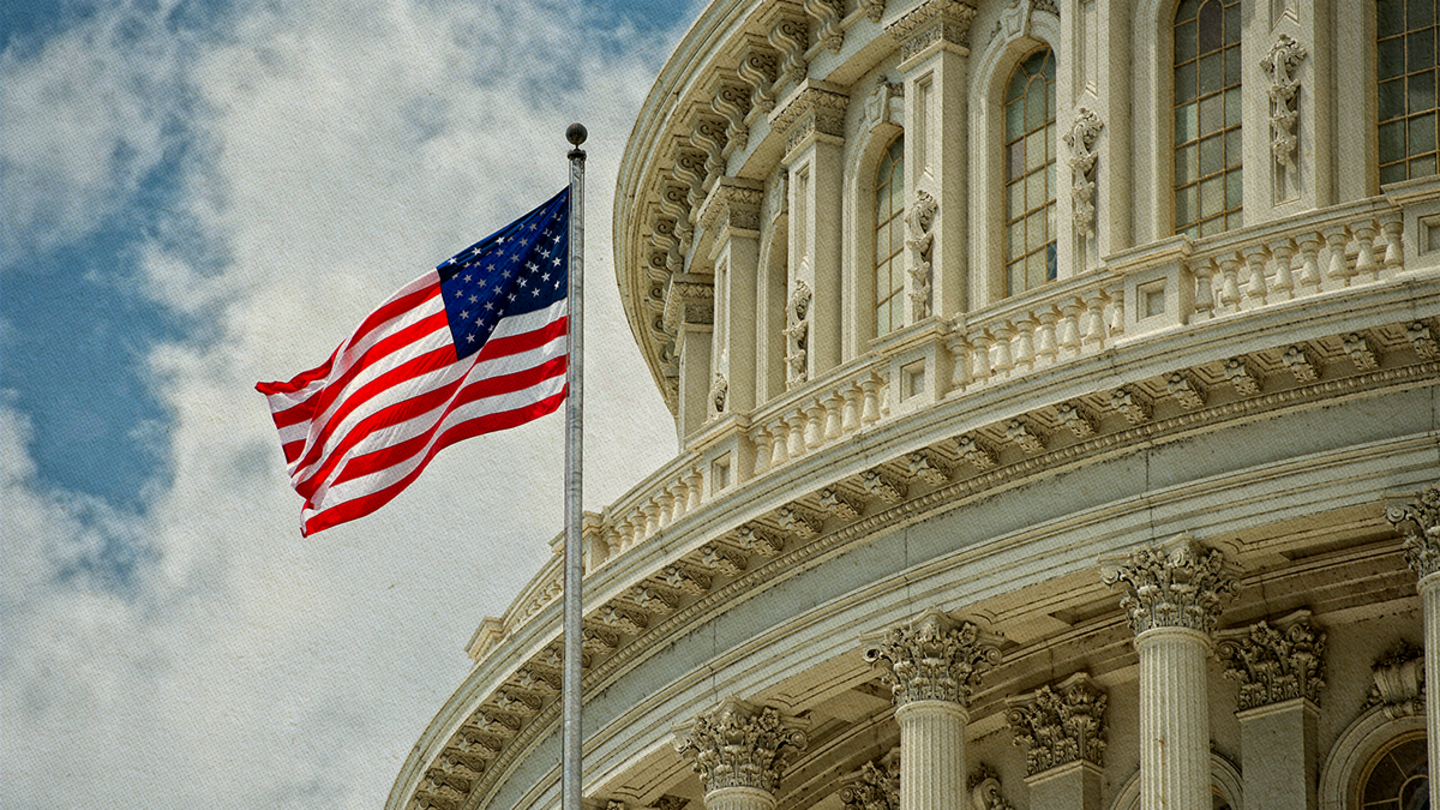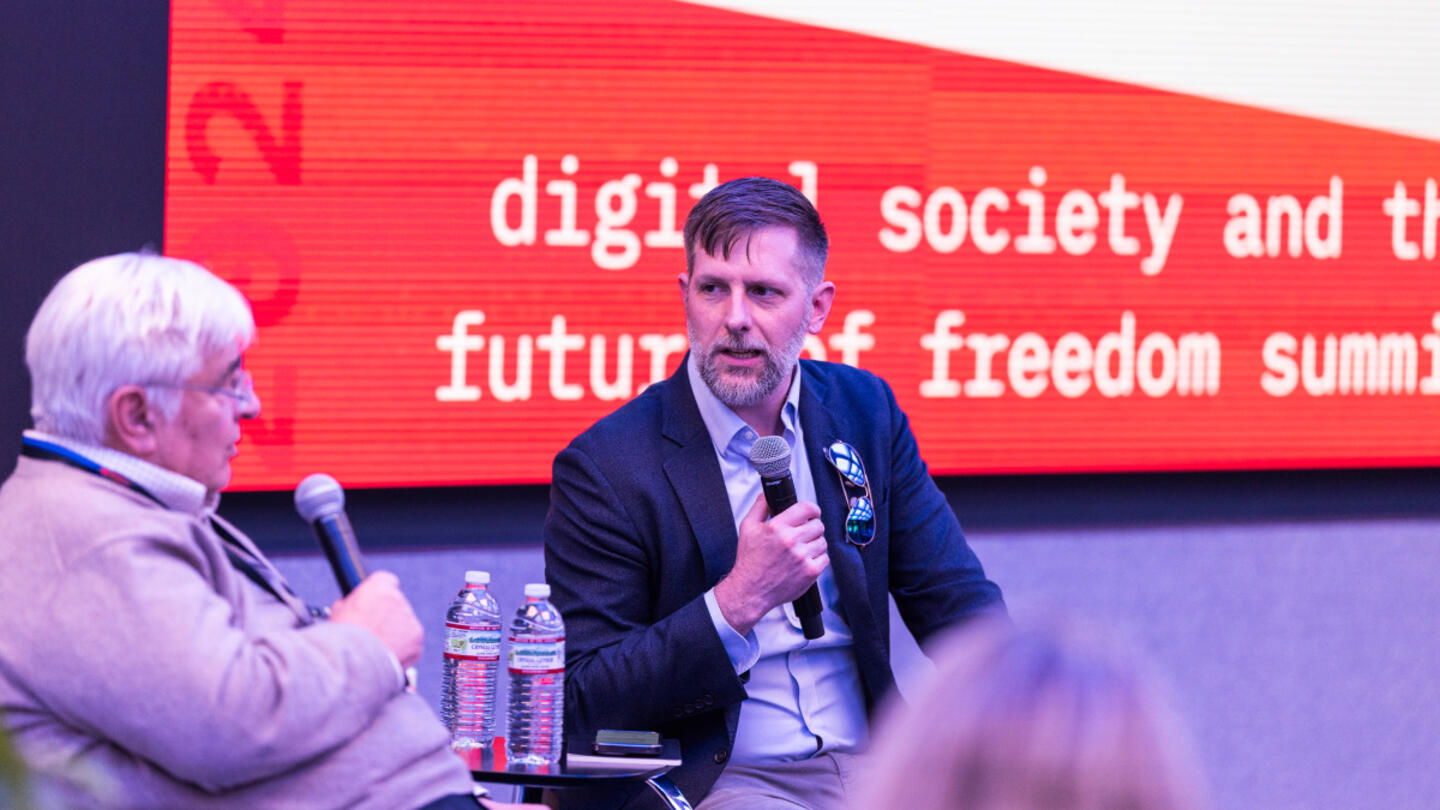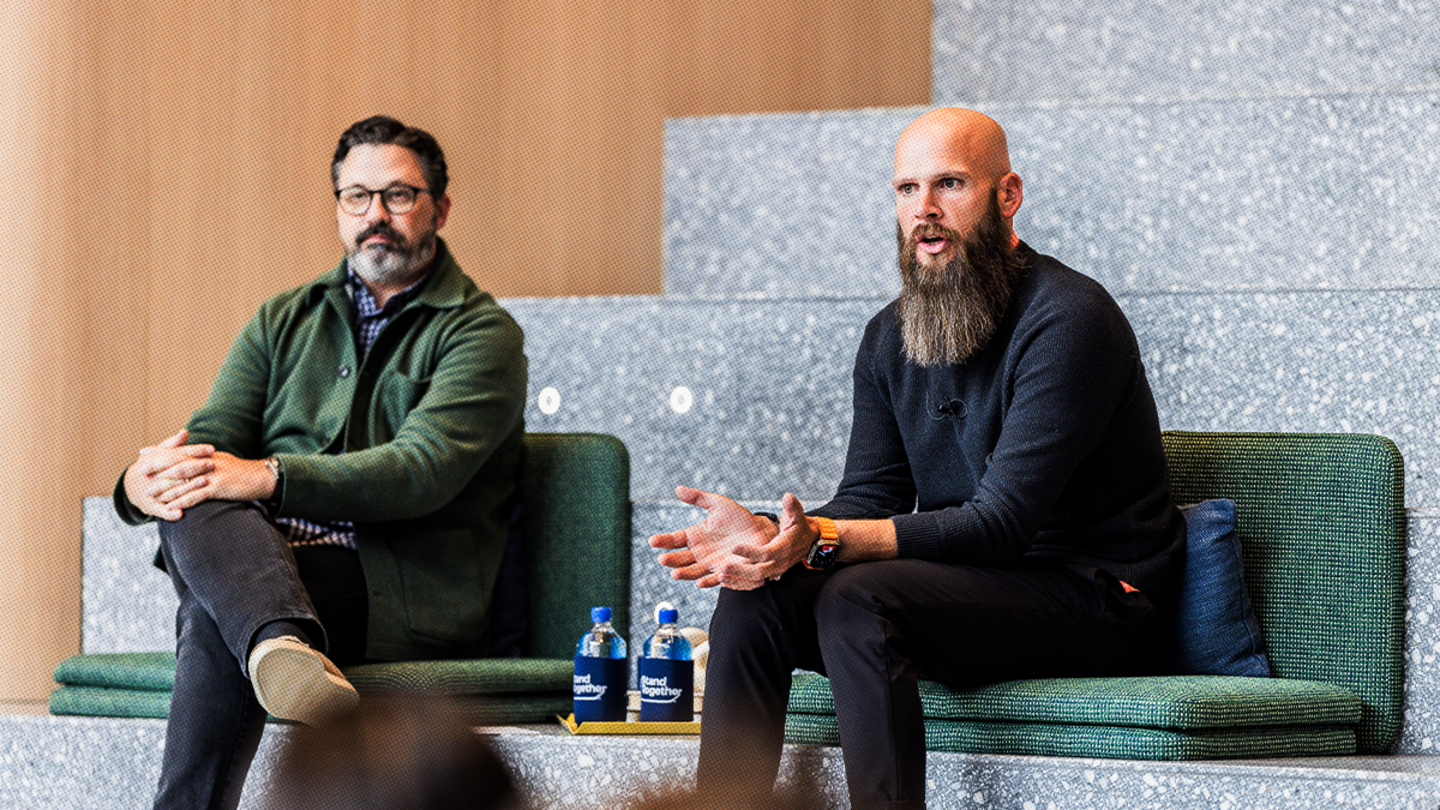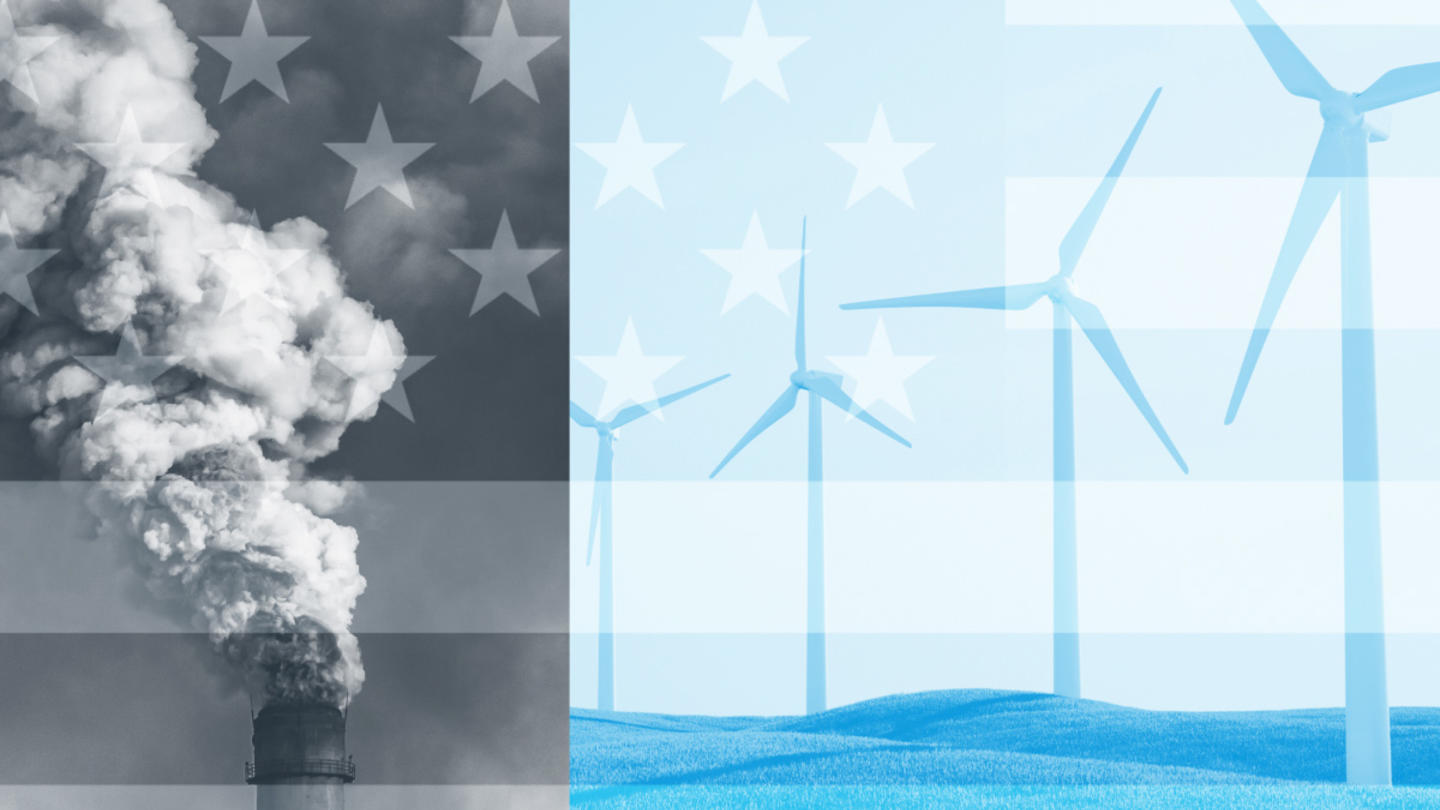Forget everything you’ve been told about the tradeoffs we have to make when it comes to U.S. energy consumption.
We may not, in fact, have to choose between a clean environment or affordable energy. And what we’ve been taught about limiting energy consumption may be hindering our economy. As Eli Dourado, senior research fellow at the Center for Growth and Opportunity at Utah State University (CGO), a policy research center, explains, energy is a fundamental driver of economic activity. Its consumption is closely linked to economic growth. There are no low-energy rich countries in the world.
The irony is, Americans seem to have higher energy demands than their 1980s era parents ever did. More households have air conditioners. More households have computers. About 268 million of us shop online—getting merchandise shipped directly to our doors in trucks burning gasoline. And we still consume less energy than our parents. In fact, the U.S. consumed 18% more energy per person in 1979 than it does today.
“Yes, we’ve done okay by doing more with less,” says Dourado. “But we want to do more with more.”
According to Dourado and other researchers at the CGO, in the last 44 years, Americans have gone from using 10.2 kW/person to 9.2 kW/person, despite our greater dependence on energy-consuming technology.
The conversation around energy consumption has favored efficiency for decades. It has led to a prevailing belief that energy consumption and the environment are locked in a zero-sum game. If we use too much energy, the climate will suffer. If we are going to take care of the environment, we have to use less energy. This is a false choice.
The CGO is trying to change the conversation. More energy production means lower energy prices, which translates to lower prices on everything. Shifting focus from energy scarcity to energy abundance will drive innovation and improve the quality of life for all Americans. It may even enhance our ability to protect the environment.
But we’ll never get there if we continue to invest only in initiatives intended to reduce our consumption.
Energy abundance benefits every American
In a policy paper published by the CGO, Dourado and coauthor Austin Vernon have coined the term “energy superabundance.”
They describe a future where energy is so abundant that restricting consumption becomes unnecessary. Such a world promises significant improvements in the U.S. economy and quality of life. Dourado and Vernon envision flying cars, a hyperloop, more renewable energy sources, and innovations like water-from-air condensation and vertical farming.
“We are not close to an upper limit on energy consumption,” say Dourado and Vernon in their paper. “There is plenty of room for growth. With superabundant energy, we would travel faster. . . . Our goods would become cheaper. We could have more abundant building materials. And we would experience better health from more nutritious foods and cleaner water supplies.”
Policymakers often focus on pollution and carbon emissions. Dourado and Vernon believe a broader perspective is needed to unlock the true potential of energy technologies. Rather than fixating on replacing current energy sources, policymakers should focus on human prosperity and quality of life. Doing so would broaden the vision of what is possible through energy innovation.
Energy abundance means more energy from more sources
Energy abundance isn’t just about having more energy. It’s also about having more energy sources.
Different applications need different types of energy, and different parts of our country are going to have different energy sources available.
“Energy is not just one thing,” says Dourado. “It comes in different forms. For certain applications, you need it to be high energy density. In others you need it to be high power density. And obviously you sometimes need it to be portable.” Often it comes down to availability.
According to Dourado, superabundant energy requires energy diversity. The future needs to be filled with an array of energy sources—solar, nuclear, wind, hydroelectric, hydrocarbons, and geothermal. It likely will include new energy sources as well.
Sign up for the Stand Together newsletter and get stories, ideas, and advice from changemakers to help you tackle America’s biggest problems.
Growing an energy abundance mindset
New and better energy sources require innovation. But according to Dourado, government policies like the National Environmental Protection Act (NEPA) stand in the way.
The 1970’s law was intended to encourage federal agencies to account for environmental consequences in their decision-making. But over the past five decades, it has become a significant impediment to all forms of development.
CGO researchers recently analyzed how NEPA affects renewable and nuclear energy projects, focusing on Environmental Impact Statements (EIS), which tend to be longer and more arduous than Environmental Assessments. From 2009 to 2022, the NEPA process averaged three years for all energy types.
Solar projects took around 2.2 years, while hydroelectric projects had the longest approval time, averaging 5.1 years. The average length of an EIS report was 1,214 pages, with some extending up to 5,794 pages. The researchers note that the average length for nuclear projects might be underestimated, as about 50% of them are still in the NEPA process.
Even with its pro-environmental intentions, NEPA has become a weapon that organizations and businesses use to slow down all development projects, including renewable energy. For example, in Nevada’s Black Rock Desert, environmentalists and Burning Man enthusiasts are using NEPA to delay a geothermal energy plant. On the Atlantic coast, NEPA is being used to slow down and shut down wind farm development. The Cape Cod wind farm was ultimately canceled after 16 years of NEPA setbacks.
NEPA is at the crux of Dourado’s push for permitting reform. In a review of NEPA he wrote last year, Dourado says that “the cumulative burden NEPA imposes on our agencies is intolerable. We must protect the environment, but we can’t do it by paralyzing our federal agencies.”
Other limiting policies include restrictions on mining in the United States and a complex web of regulations around nuclear power generation.
Changing the energy abundance conversation
The CGO is working on energy abundance with an array of policymakers and stakeholders.
In 2021, Dourado testified before Congress about the need to create an infrastructure to support greater energy abundance and more consistent sources of energy. He and his colleagues at the CGO are having conversations with policymakers at all levels of government. They have also mentored state policy think tanks to move these policy changes forward in state legislatures.
Last year CGO hosted an event with Prime Movers Lab, a technology venture capital firm focused on innovations in human progress, to bring together thought leaders and technology innovators to create a roadmap of how to achieve energy abundance.
It all comes down to innovation. Government policies and the private sector need to support energy innovation and experimentation in all areas of energy development. Picking winners and losers before the work has been done limits our ability to truly innovate. Innovators need to have room to experiment, make mistakes, and learn from them, so that all of us may one day experience the benefits of abundant energy.
Learn more about Stand Together’s economic progress efforts.

Here are some issues the Department of Government Efficiency could target.

Only by using AI in real-world scenarios can we understand its capacity to address complex challenges.

Credit scores don’t reflect the whole person. Here’s one way to change the narrative.

Fear of change is nothing new, but how we respond to this moment really matters.
